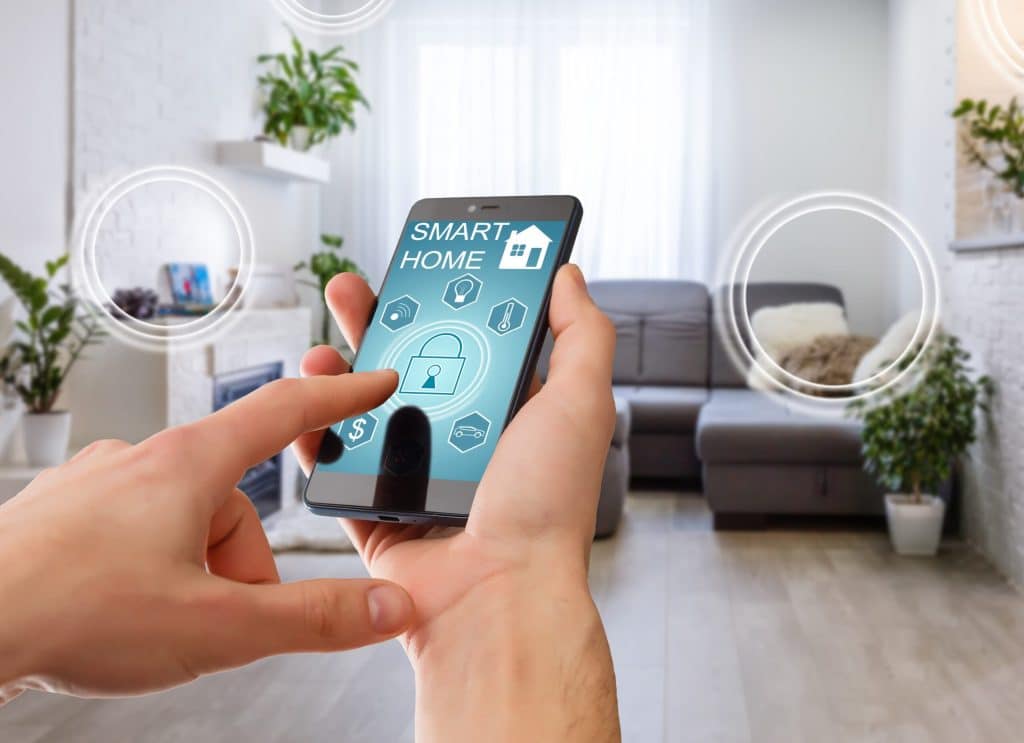Matter: The overstandard is coming in autumn 2022
Smart home technologies from different origins should soon be able to be put into operation and operated together without being forced to use the cloud. The planned Matter communication standard is intended to make this possible. End users were able to test the “superstandard” for the first time at the IFA 2022.
As a kind of “superstandard”, Matter should enable a setup with various partner apps instead of just a single app from the respective manufacturer. Then everything can be linked more easily – smart home technologies from different manufacturers can finally be operated together. The planned communication standard was designed by the initiators Amazon, Apple, Google and Samsung as well as several hundred partner brands for purely local control. At IFA 2022, which took place in Berlin at the beginning of September, various manufacturers gave a first taste of the smart home standard.
Matter example: Eve Energy smart socket
Eve Systems showed perhaps most impressively at the IFA how Matter can simplify operation and greater data sovereignty in the smart home. The devices from the German manufacturer of smart home devices have so far only been compatible with Apple’s HomeKit platform and Siri. At the IFA, smart home fans were able to test the Eve Energy smart socket on and off using commands from Amazon Alexa and Google Assistant.
The commands in this demonstration took the microphones of an Echo 4 and a Google Nest Hub 2 to relay them to the outlet relay. The adapter plug also reacted to app switching commands from Google Home and Samsung SmartThings – also on Android smartphones instead of exclusively on iPhones as before. The devices equipped with the experimental firmware exchanged the switching signals via the trade fair WLAN and via the young wireless standard Thread. There was no internet connection.
The test at the Eve booth shows that when Matter works, it is absolutely unspectacular. The usual user experience does not change significantly, Matter only grants users greater flexibility.
View
But when will Matter devices – i.e. devices that can be operated with Amazon’s, Apple’s, Google’s and Samsung’s smart home platforms without cloud constraint – be available?
Director Jon Harros vaguely scheduled the start of “fall 2022”. Before that happens, the final test rounds for the first prototypes have to be completed and the processes of the testing institutes involved have to be clarified. Around 130 products from different development phases are involved in these final tests. It is still foreseeable how many of these will already be ready for the market at the start of Matter. It is also questionable whether manufacturers will integrate Matter into their existing products. Cost and benefit have to be weighed here. Many manufacturers are still waiting with their product decisions until Matter is finished in order not to take unnecessary risks.
Harros has at least announced which product categories can be expected for the market launch. Matter 1.0 should support functions for light and switching accessories, fans, heating and cooling technology, locks, multiple sensor categories, window coverings, smart TVs and bridges. Specifications for other devices such as household appliances or wall boxes are being developed for future Matter versions. The overstandard is coming in autumn 2022.
Sources: Matter & heise.de


